Top 10 Construction Projects Completing in 2024
- Youtube Views 717,298 VIDEO VIEWS
Video hosted by Fred Mills. This video contains paid promotion for Brilliant.
THE PAST YEAR saw some incredible feats of construction – from desert skyscrapers and Japanese supertalls, to an underwater mega-tunnel and a new dam being built in front of a dam to save a dam. But 2024 looks set to be even more dramatic with massive Spanish stadiums, Australian railways, Canadian supertalls, and a Parisian Olympic Opening Ceremony that will be unlike any we’ve ever seen.
It’s the world’s greatest industry that’s set to pull off these amazing feats and more over the next 12 months. Here are the 10 most exciting construction projects completing in 2024.
1. The Olympic Venues - Paris, France
French projects occupy several spots on our list this year, and there’s one big reason for that: the Olympic Games.
Normally that would mean excess: think epic new stadiums and lavish megaprojects. But this is an Olympics unlike any other.
Having built up a bit of a reputation for its cost, and given the estimated $12.9BN that the pandemic-hit Tokyo Games ran to, Olympic officials have been wanting to rebrand, cut down on waste and create a cleaner event.
One way to do that is by reusing old buildings, and 95 percent of the venues for this year’s Games will be held in either existing or temporary structures.
Many of the venues that are already standing will be refurbished and modernised where needed, while temporary ones will be constructed around the city and dismantled once the Games are over, like the spectacular arena built at the foot of the Eiffel Tower.
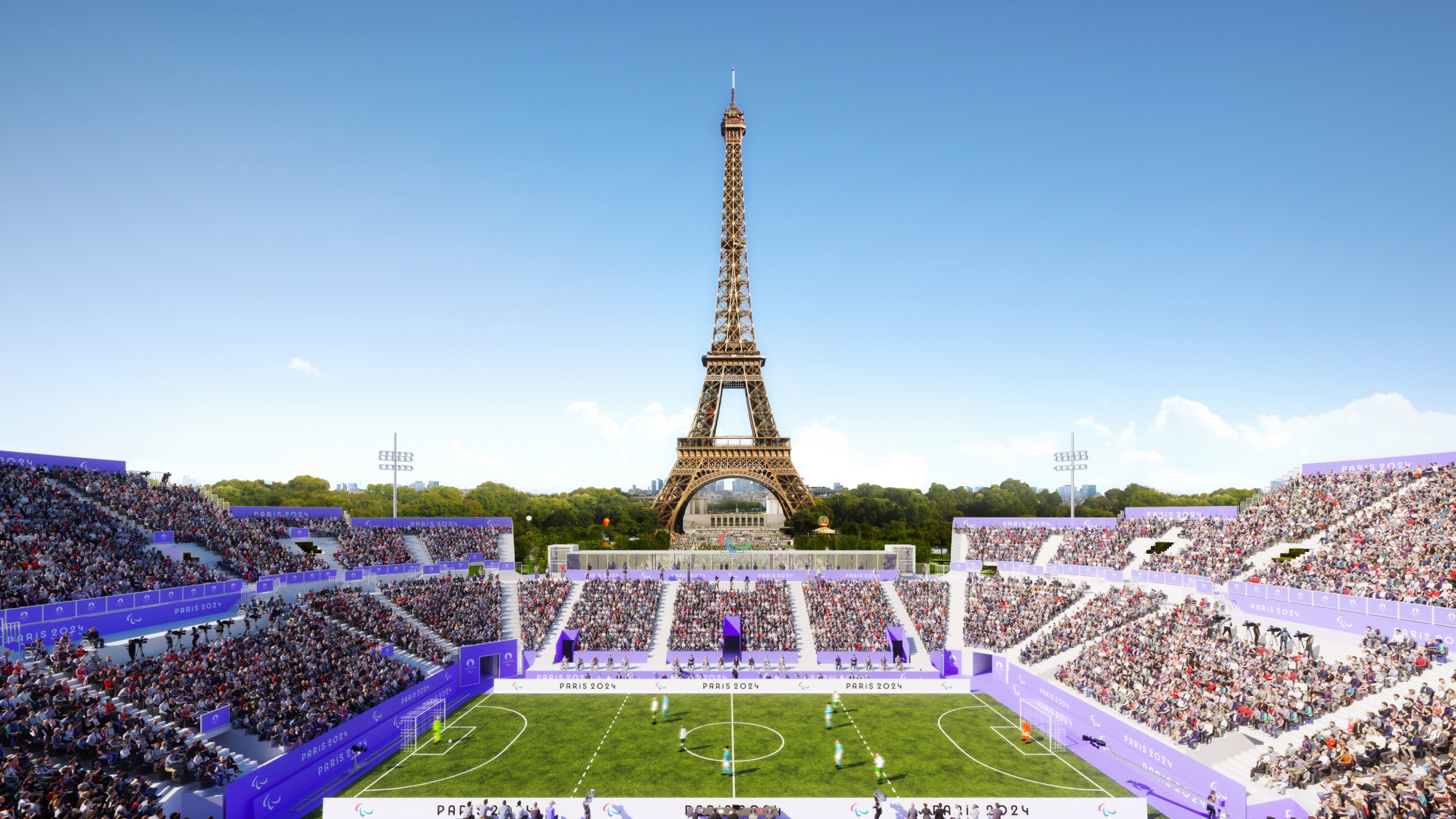
Above: The temporary Eiffel Tower Stadium will be a centrepiece of the Paris Olympics (image courtesy of Paris 2024).
Not only is this less wasteful, but it means events can be hosted in parts of the city they would otherwise never have been able to.
The only permanent venue will be the Aquatics Centre: an impressive structure that’s being largely built with sustainably-sourced mass timber. It’ll be reused after the Olympics for international and national competitions.
The 5,000 square metre roof will also be covered with photovoltaic panels making it one of France’s largest urban solar farms, supplying all the energy the building will need. Inside, the smaller-than-usual- space has been carefully calibrated to maintain views for spectators while reducing the size of the room that needs to be heated.
2. The Seine Clean-Up - Paris, France
This ambition to be clean and green has stretched to other parts of the French capital too, most notably its river.
Massive treatment facilities have been constructed in a bid to make the Seine swimmable, something which has not been possible for more than a hundred years. That’s because French officials banned swimmers from the river in 1923 due to metal and faecal bacteria in the water.
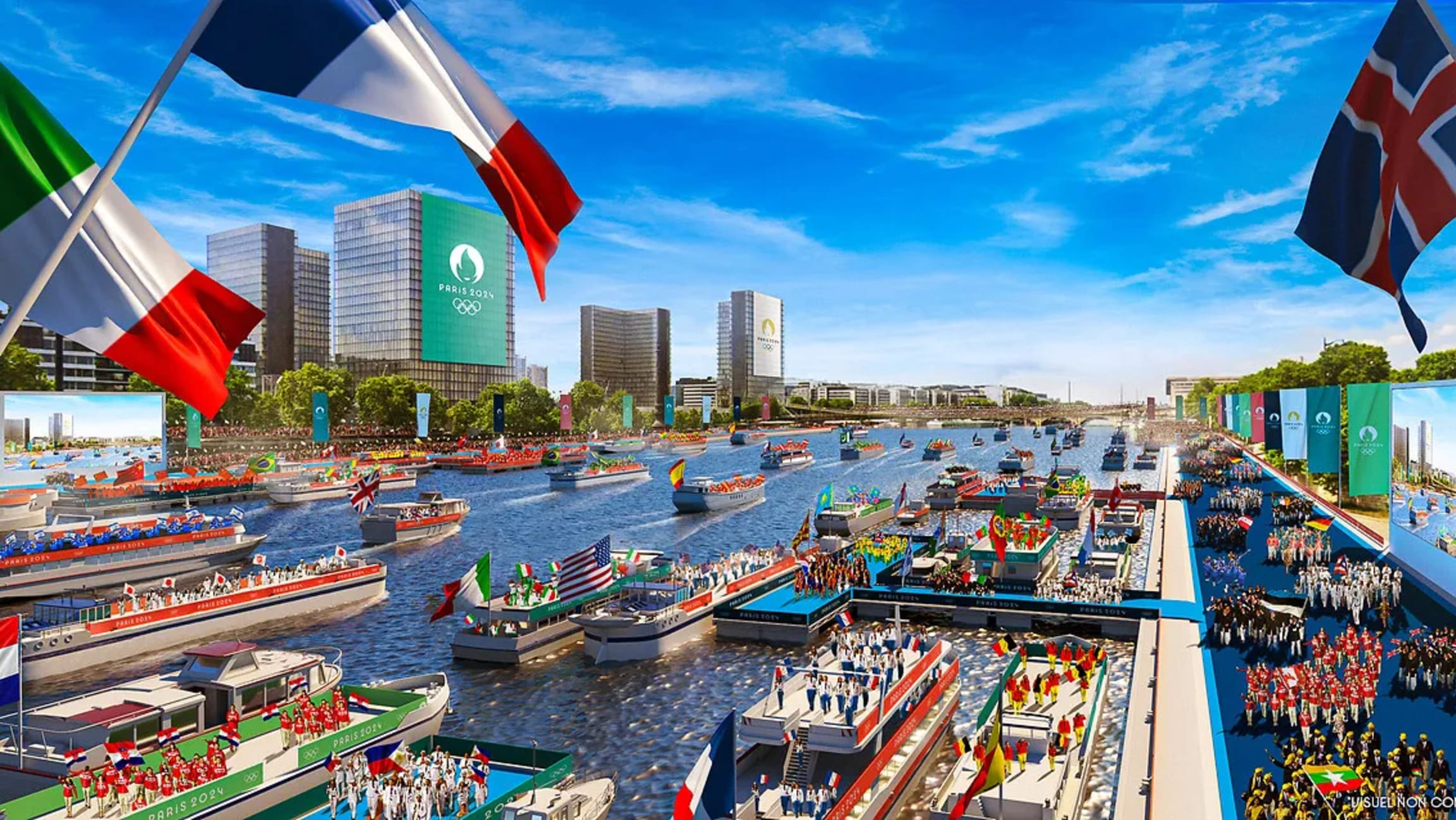
Above: The River Seine will play a central role in the Paris 2024 Games (image courtesy of Paris 2024).
The enormous clean up effort will cost over USD $1.5BN, and involves what is basically a giant rainwater holding tank, measuring 50 metres wide and 34 metres deep, that stores up to 46M litres of water before its transported via a tunnel to a treatment facility. That clean swimmable water will then be pumped back into the Seine.
The goal is for swimming trials to be hosted here, like they were in the 1900 Olympics.
The Paris opening ceremony will also take place on the river in a spectacular display that promises to be the largest Olympic opening in history, finishing-up right under the Eiffel Tower.
3. Notre Dame Restoration - Paris, France
Before we leave the French capital there is one other major project that we have to mention.
The restoration of Notre Dame has been a long and complicated process: the devastating fire of 2019 destroyed much of the interior and iconic wooden spire. Rebuilding Europe’s most visited landmark to its former glory is no mean feat. It has cost more than USD $900M and has run into several major setbacks already.
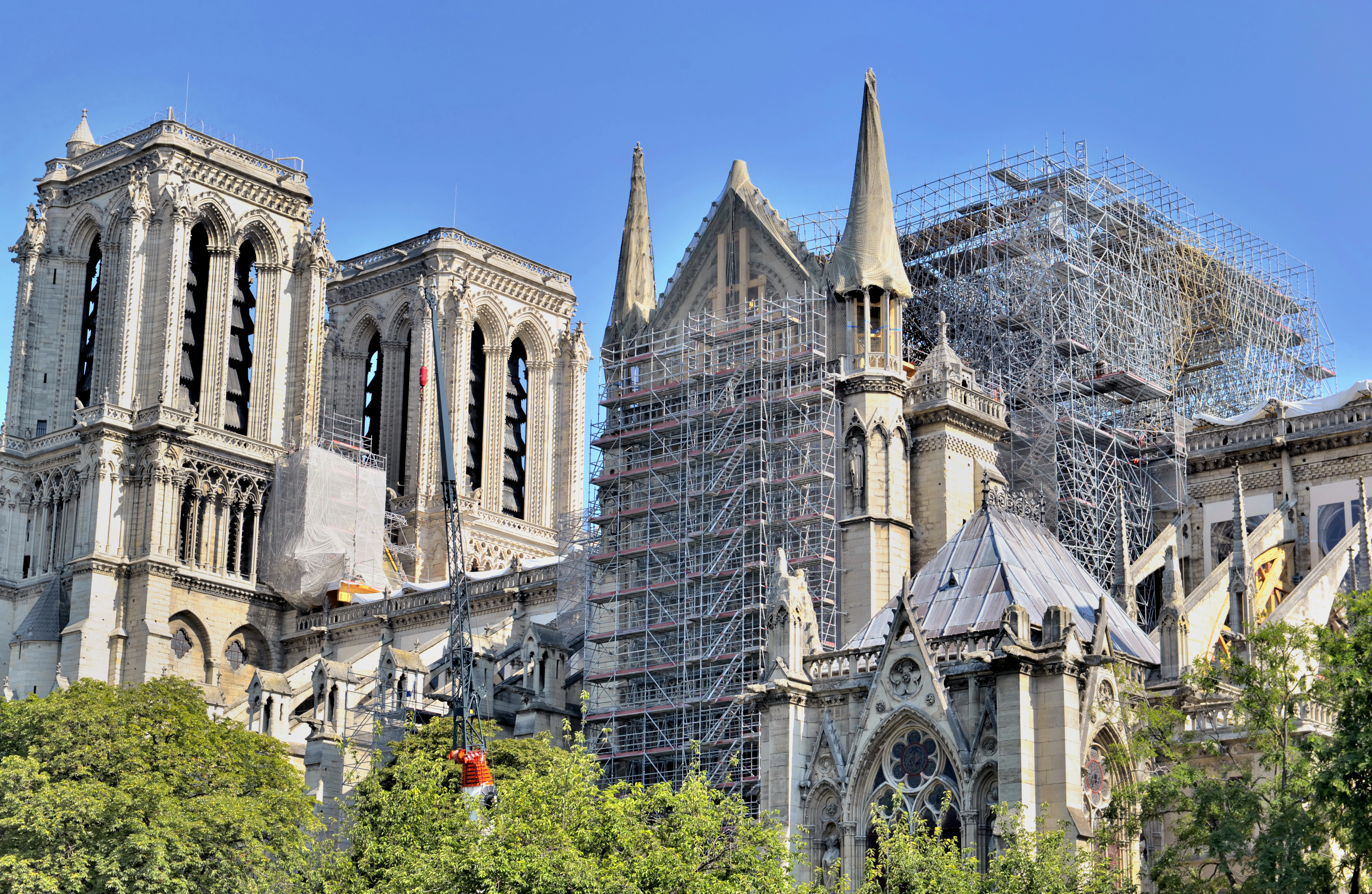
Above: Notre Dame Cathedral, one of Paris' most famous landmarks, has been largely shrouded in scaffolding since the devastating fire of 2019.
Miraculously most of the cathedral will be open by the end of 2024, meeting President Emmanuel Macron’s original deadline. While it will take a little longer to complete the interiors, much of the exterior should be complete, including the famous spire.
4. Kaohsiung Station - Kaohsiung, Taiwan
Located on the southern part of the island nation, Kaohsiung has a population of more than 2.7M people, making it the third largest in the country.
But don’t let that fool you, this economic powerhouse is home to Taiwan’s largest port and the 13th busiest port in the world. The bustling city is currently going through a massive upgrade of its metro and this new station sits in the very heart of the megaproject.
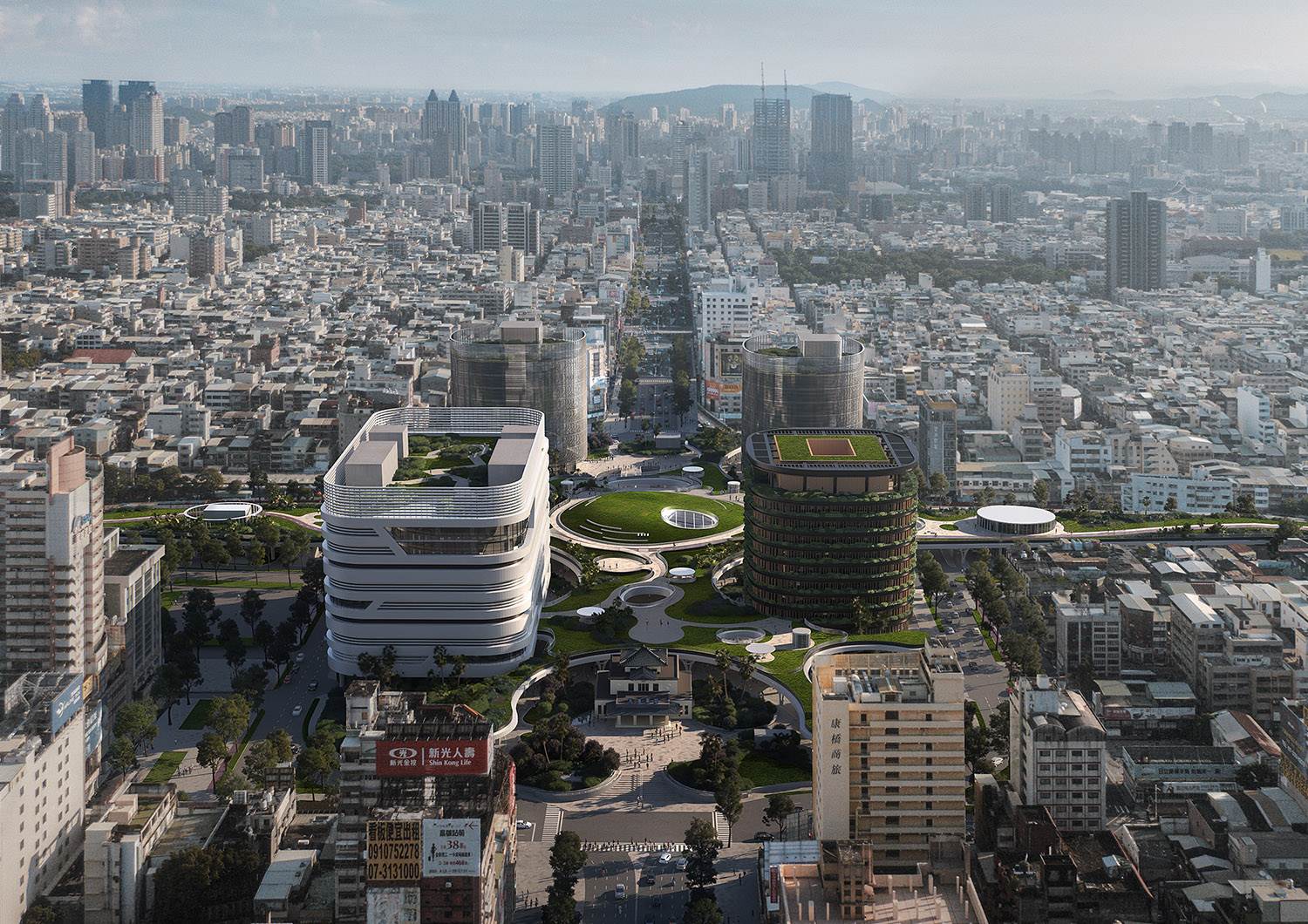
Above: Kaohsiung's impressive new station. Image courtesy of Mecanoo.
It’ll be a true transportation hub linking train, metro, local and intercity bus services, taxi and bike routes. There’s also a 9.75 kilometre railway tunnel which includes no fewer than seven new subterranean stations. A sweeping canopy over the 8.5-hectare site means it also doubles as a new year-round public park for the city.
5. International Land-Sea Center - Chongqing, China
Rising 458.2 metres into the sky, this will be the tallest new building to complete in 2024 – and it’ll rank among the top 20 tallest skyscrapers in the world.
In fact eight of the ten tallest buildings completing in 2024 will be in China; the other two are in Dubai and Cairo.
Despite the country’s recent tall skyscraper ban and the downfall of property giant Evergrande, China is still very much leading the world in high-rise construction. 73 of the hundred tallest buildings currently under construction are in China.
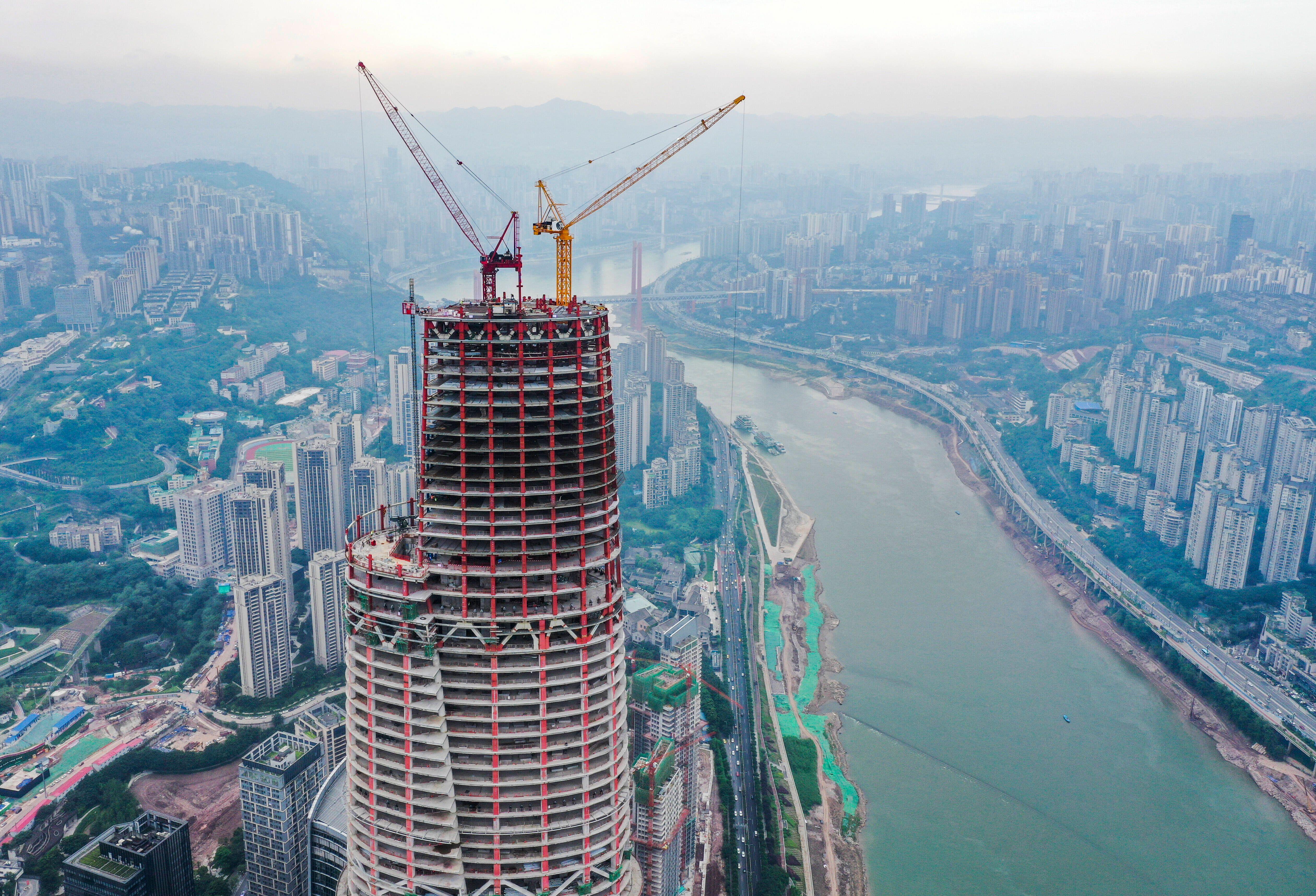
Above: The supertall International Land-Sea Center under construction. Image used under licence to The B1M from Alamy.
The International Land-Sea Center is a 98-storey part of an 11 tower master plan designed by Kohn Pedersen Fox that will completely overhaul Chongqing’s downtown. Built on the banks of the Yangtze River, one of the major train lines in the city will actually pass directly through the building at its base.
6. Sydney Metro Expansion - Sydney, Australia
Australia’s largest metro is getting a much needed expansion.
The 30-kilometre new line burrows under Sydney Harbour and through to new CBD stations that are due to open in 2024. The project has been called “arguably the most transformative piece of transport since the Harbour Bridge.”
At a cost USD $20BN the new network is one of the largest suburban rail projects in the world, rivalling even the Grand Paris Express. By 2030, Sydney will have 113 kilometres of new metro rail and some 46 new stations.
7. The One - Toronto, Canada
Next we’re heading over to Toronto, where a frantic race to build Canada’s new tallest building is heading towards the final straight.
Strict zoning laws and a rising population mean the city is seeing a massive skyscraper boom and will soon overtake Chicago as the urban area with the second most skyscrapers in North America.
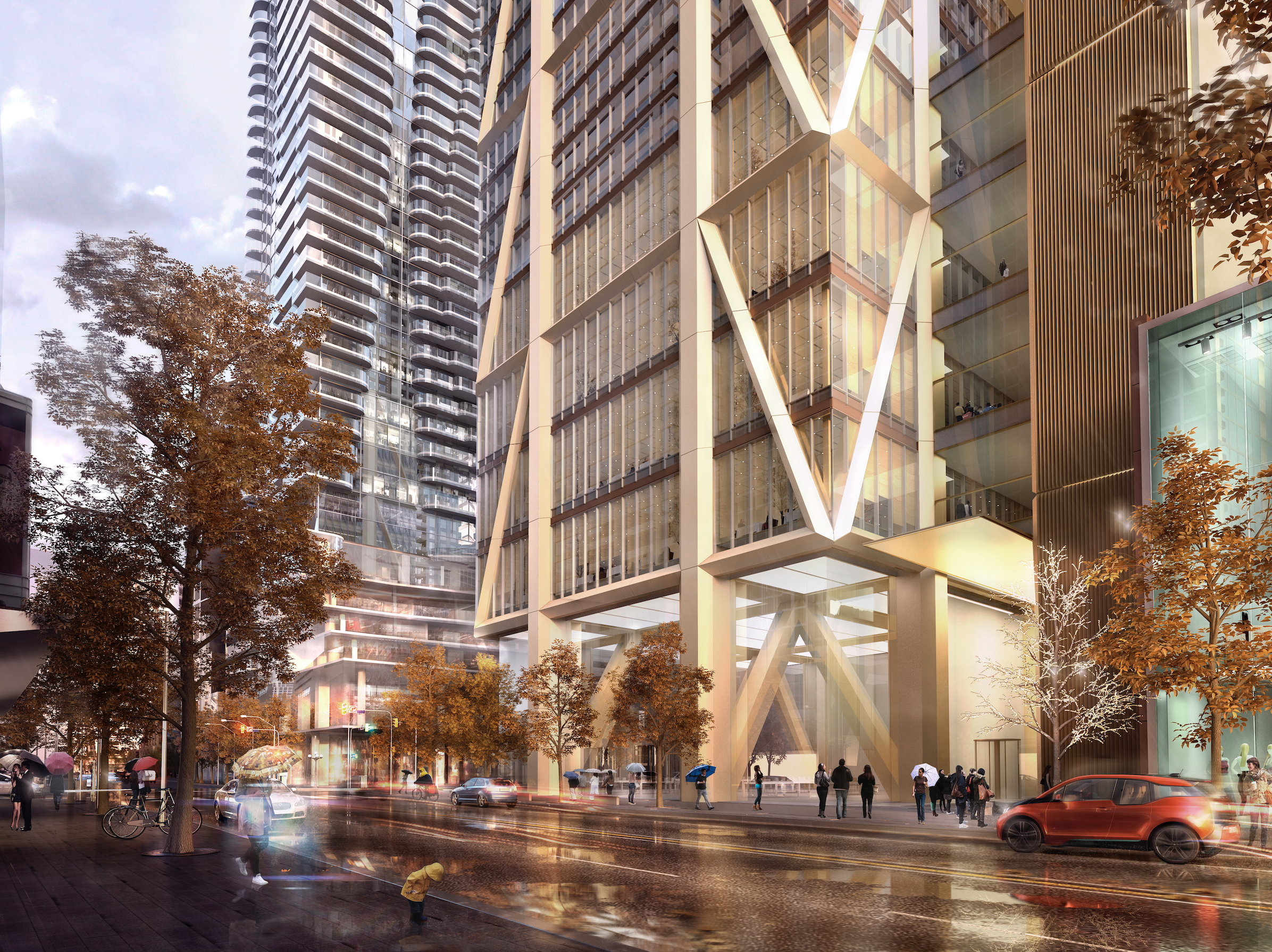
Above: The One will rise 306-metres above the heart of Toronto (image courtesy of Foster + Partners).
Designed by Foster and Partners, The One will rise 306-metres above the city to become Canada’s first supertall building, offering apartments, commercial space and a hotel when it completes. The tower’s extreme height for its location has resulted in a number of engineering challenges, most notably with taming the wind.
With so many tall buildings springing up across Toronto, the wind being blown down to street level has become an issue. To get around this, cutaways in the building’s mechanical floors have been created to help to disrupt the flow of wind and prevent it blowing down to pedestrians below.
8. Four Frankfurt - Frankfurt, Germany
From one skyscraper boom to another: Frankfurt’s skyline is set to get dramatically taller over the next few years. There are currently more than 50 high rises either being built or planned in this city.
Leading the charge is FOUR Frankfurt, a mega-development of four towers which is due to finish in 2024. The tallest new building in the cluster will rise 233-metres above street-level.

Above: Construction progress on FOUR Frankfurt as of August 2023 (image courtesy of Fred Mills).
For decades the city centre and the banking district have been severed, but this development will reconnect them: creating a new mixed-use neighbourhood in the process.
The site will contain offices, apartments, a hotel, shops and restaurants, literally acting as its own little city within a city.
9. Oxley Towers - Kuala Lumpur, Malaysia
Kuala Lumpur kind of has a thing for skybridges. The massive Oxley Towers complex is going up right next to the iconic Petronas Towers; a world-famous skyscraper duo linked by what’s probably the world’s most famous skybridge.
Raising the bar, Well Oxley Towers has two of these sky-high connections, each with their own rooftop garden. The sprawling three-tower structure will contain nearly 2M square metres of floor space – five times that of the nearby Petronas complex – and see its tallest tower rise to a supertall height of 338 metres.
Inside is another veritable city within a city: think the usual mix of apartments, offices, commercial spaces, restaurants, shops – you get the idea.
The Malaysian capital’s skyscraper boom also shows no signs of slowing down. Oxley Towers will join the recently completed Exchange Tower and the now tallest building in the city – and second tallest building in the world – Merdeka 118.
10. Santiago Bernabéu Stadium - Madrid, Spain
No, it’s not an enormous sandwich toaster, it's the $1BN new home of Spanish football legends Real Madrid. The Santiago Bernabéu Stadium has undergone an incredible transformation to become the self-declared “best stadium in the world”.
The refurb has included, most obviously, a massive wraparound facade made up of strips of steel and stripes which will be lit up at night and have images and videos projected on it. The stadium’s capacity has also been raised from around 81,000 to 85,000 while a retractable roof and new terraces have been added.
There’s also an amazing retractable pitch that can be segmented and stored below ground, cleverly stacked to avoid the metro line running under the pitch. While gigs happen in the stadium, the grass below ground is kept in optimal conditions and even mown by the grounds team.
Above: Learn more about Real Madrid's stadium upgrade in our hit video.








